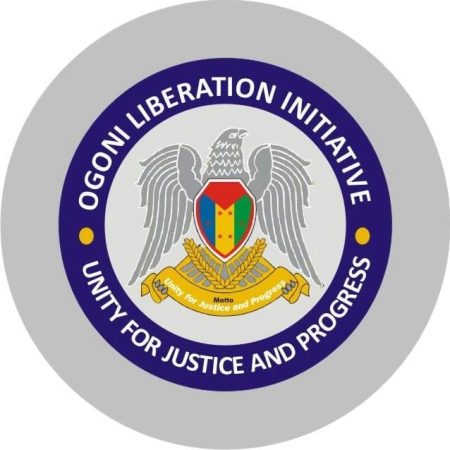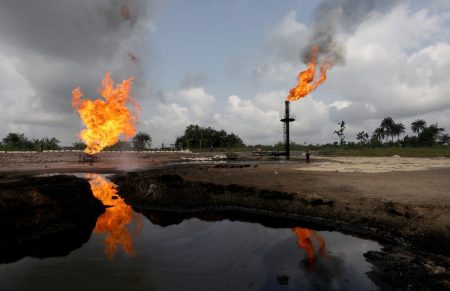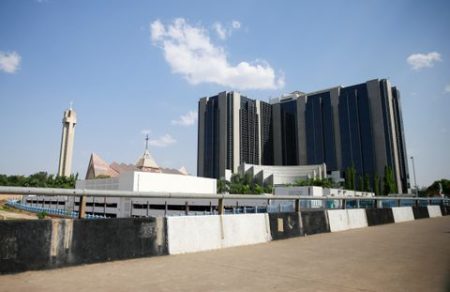
Oscarline Onwuemenyi
12 January 2017, Sweetcrude, Abuja – New aggregated power poll results released by NOIPolls for the second half of 2016 (July to December 2016) covering Q3 and Q4 revealed a decline in power supply to Nigerian households in Q4 as only an average of 37 percent reported improvement in power supply, thus representing a significant 9-point decline when compared to the third quarter (Q3) of 2016 at 46 percent.
An analysis of the survey results showed that Nigerians experienced the highest improvement in power supply in Q3 (46 percent) and this was possibly as a result of the adequate water reserves in the nation’s water dams within this period (the peak of the rainy season) used to power the Hydro Generating Plants since Nigeria’s Kainji, Shiroro and Jebba hydro plants rely on water to generate electricity.
The survey further noted that a view of the individual months covered in this period revealed a constant downward trend observed from the month of October to December 2016 and the month of December accounted for the lowest (27 percent) improvement in power supply in the second half of 2016.
It added that, “Similarly, analysis of the monthly average cumulative hours of power supply experienced by Nigerian households nationwide for the months of August and September 2016 each stood at 10.6 hours daily, representing the highest daily cumulative hours of power supply within the six month period while the quarterly nationwide average daily cumulative power supply to Nigerian households in Q3, 2016 stood at 9.9 hours.”
According to the report, “It is pertinent to note that although these daily average hours of cumulative availability of power were not near an acceptable standard of 24 hours daily supply, it was perceived to be a little better than the results obtained in Q1, Q2 and Q4, 2016 with the quarterly nationwide average daily cumulative power supply of 8.8 hours, 6 hours and 9.6 hours respectively.
“These current results were in line with the power industry statistics obtained from the National Electric System Operation (SO) which showed that electricity generation improved step by step in the third and fourth quarter of the year across the country as power generation hovered above 4,000MW, contrary to around 2,500 to 3,000 megawatts in the second quarter.
“Nonetheless, more still needs to be done to find a pragmatic solution to issues militating against power generation, transmission and distribution as anything short of this is capable of affecting development in the country.”
The authors of the report pointed out that the power insufficiency in the country is of great concern and called for immediate action to address this persistent problem. “Nigerians are not oblivious of the tremendous efforts of the Federal Government of Nigeria at salvaging the Nigerian economy, but without fixing the power sector, those efforts would be futile.
“This is because constant electricity supply is pivotal to achieving socio-economic development and as a nation that craves immense development in this regard; more needs to be done. These are some of the key findings from the aggregated power sector poll conducted by NOIPolls over a period of six months (July to December 2016).”
The report stressed that since the Power Sector Reform Act was enacted in 2005, transferring the public control of the Nigerian Electricity Power Authority (NEPA) to the Power Holding Company of Nigeria (PHCN), the Federal Government has made frantic efforts to attract private investors while also taking various steps towards the restructuring of the Nigerian Power Sector, all in a bid to establish an electricity supply that is efficient, reliable and cost-effective throughout the country.
“However, it has seemed like a herculean task as power supply is yet to improve as hoped since the privatization,” it stated.
The survey disclosed that the National Electric System Operation (SO) puts the general National Peak Demand Forecast at about 17,000MW, conversely the highest power generation ever attained was 5,074.7MW while the recent peak energy generated is just a little over 4, 000MW.
“This is paltry when compared to the national demand and easily translates to an unavailable and unstable electricity supply. This situation is rather lamentable as Nigerians still depend on imported generators for electricity as the little generated is not sufficient for the over 170 million citizens of the country,” it added.
Analysis of findings from the monthly tracking of power supply over a period of six months, precisely from July to December 2016, revealed that 53 percent of Nigerians experienced more power supply in the month of September.
However, a constant downward trend was observed from the month of October to December 2016 and the month of December accounted for the lowest (27 percent) in power supply in the second half of 2016.
Subsequently, quarterly analysis of results revealed that Q3, 2016 recorded the highest average improvement in power supply nationwide with 46 percent and this figure represents a significant 9-point decline when compared to Q4, 2016. This implies that most Nigerians experienced less power supply in their household in the fourth quarter (Q4) than in the third quarter (Q3) of 2016.
An overall analysis of 2016 showed that Nigerians experienced the highest improvement (46 percent) in power supply in Q3. On the other hand, Nigerians experienced the lowest (17 percent) power supply in Q2 and this represents a huge 29-point difference between the two quarters.
Further analysis of the monthly average cumulative hours of power supply experienced by Nigerian households nationwide for the months of August and September 2016 each stood at 10.6 hours daily and they both represent the highest daily cumulative hours of power supply within the six months period. On the contrary, the lowest daily cumulative hours of power supply was observed in the months of July 2016 at 8.6 hours.
Furthermore, quarterly analysis of survey findings revealed that the nationwide average daily cumulative power supply for Q3, 2016 stood at 9.9 hours, while in Q2, 2016 it stood at approximately 9.6 hours which represents a 0.3 hours decline from quarter 3.
The overall analysis of results revealed that the nationwide average daily cumulative power supply was highest in Q3, 2016 at 9.9 hours while the lowest daily cumulative power supply to Nigerian households was experienced in Q2, 2016.
The poll has revealed that the overall monthly tracking on the state of power supply to Nigerian households over this six months period (July to December) clearly revealed a persistent decline in power supply from the month of October to December 2016. Quarterly analysis of results revealed that Q3, 2016 recorded the highest average improvement in power supply nationwide with 46 percent as well as the highest nationwide average daily cumulative power supply for Q3, 2016 at 9.9 hours.
Despite the little increase observed especially in Q3, the Federal Government of Nigeria still has the obligation to take immediate action to crush the problems in the power sector. There should also be a due reconsideration of the use of coordinated security network, by the stakeholders, to eliminate pipeline vandalism so as to put the use of gas turbines at optimum use.



